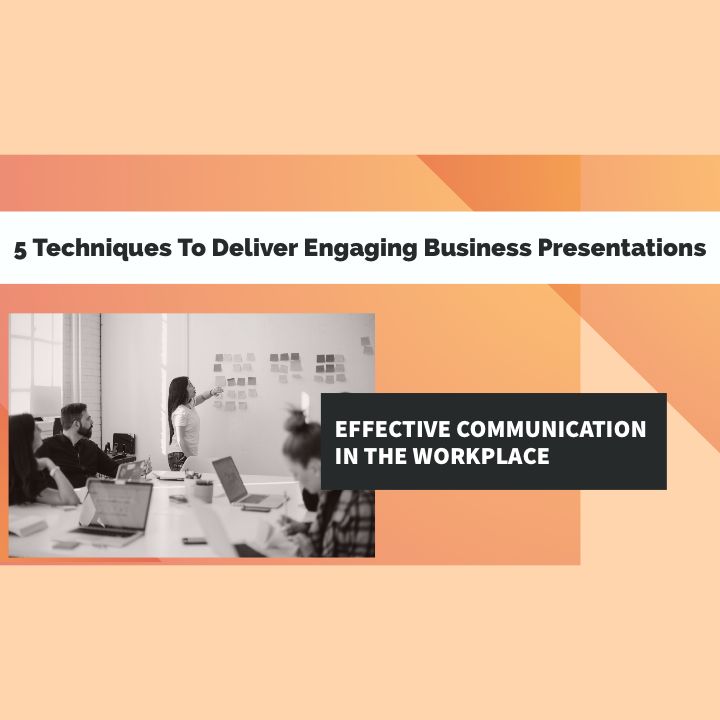Power of Words

How to create an experience for your listener during storytelling to take your audience on journey of imagination and most importantly to form an emotional connect with them: Use vivid language –Vivid language consists of the descriptive adjectives that bring your experience to life for your audience & it makes your ideas unforgettable.Example: Imagination of a child, faded ambitions Use sensory wordsSensory words help to connect to the five senses (sight, sound, smell, taste, touch) to create an image or description.Example: Thumping defeat, market came crashing down. Use Metaphors –Metaphors helps in comparison of two things, describing it more accurately.Example: He is a shining star of this quarter, as bright as sunWriters use metaphors to make writing more interesting. A metaphor expresses meaning that literal words cannot. Metaphors also make writing more concise. Storytellers use metaphors when they want to express a comparison but do not want to directly state that comparison. Metaphors allow for interpretation and layer meaning intext. Metaphors add layered meaning and interest to writing which reflects in script and in story narration. Choose a metaphor when you want to add greater significance to the text. Figurative language adds details and appeals to our senses. Use Oxymoron –An oxymoron is a combination of contradictory or incongruous words (such as cruel kindness). Oxymoron allows us to be creative in our descriptions. At times it also adds humor to our storytelling or our content. An oxymoron is a figure of speech that puts together opposite elements. The combination of these contradicting elements serves to reveal a paradox, confusion, or adds to humor elementExample: Organized mess, Jumbo shrimp, adult child, gorgeous monster, deafening silence, seriously funnyHow to make stories stand out, memorable & engaging?By infusing powerful words – add metaphors, use sensory words & use vivid language.Words have power, choose your words wisely! Published by – Monika Tandon
Three Act Structure for Business Presentations

Importance of 3 Act structure in business presentations The 3-act structure is not only limited to plays, movies or stories. It can be leveraged strategically in the business presentations as well.Three act structure helps to provide a clear flow in your presentation and at the same time establishes connection within the key messages of your presentation. Act 1 – IntroductionAct 2 – ConflictAct 3 – Resolution You can explain your point with the help of:Example – give a concise exampleStory – Back it up with a story in context or a case studyLesson – give a punchy lesson towards the endAct structure helps to build up a flow, clarity and seamless connection within the key messages in your presentation. The structural framework of our presentation at workplace: Each presentation tells a story and every slide reveals a part of the act structure, like a well told story has a beginning middle, and end so move the message forward slide by slide by focusing on the continuity with each passing slide. The core structure of your presentation is similar to act structure of a story as below – ACT 1 where you bring an outline – a simple agenda at the beginning ACT 2 where you focus on the actual agenda and discuss all the critical points – middle of the presentation ACT 3 where you focus on bringing the solution or summarize at the end. The act structure enables the audience to clearly understand the logic and flow of the presentation and helps the listeners to remember the key points by the speaker. And for the speaker it makes the content easy to organize and deliver it in an easy-to-understand manner. And when you back it up with a real-world story, then it helps you to engage the audience as human mind is hard wired for stories! Surprise your audience with a novel and emotionally engaging story. Build a learning experience by telling them something they didn’t know about before. Published by Monika Tandon
5 Techniques to Deliver Engaging Business Presentations

How to deliver engaging presentations: “Surprise your audience with a novel and emotionally engaging message. Build an experience by telling them something they didn’t know about before.” – Monika Tandon It’s the story, not the power point slides that will entice your audience. – Monika Tandon Create a story: Keep power point aside and take a pen & paper to script down a personal story or a business story that goes with the theme of your presentation. Script a story with a compelling hook and with a defined objective. Easy to understand: Make sure your content and language is relatable and easy to understand. Avoid using complicated words, jargons or acronyms. Simple sentences are easy to understand and easy to recall. Master the art of public speaking: Maintain eye contact with your audience as it is associated with confidence and your passion as a subject matter expert. Energy: We all love people who has a smile on their face, always full of energy and vibrant. You can’t inspire others with dull expressions. Persuade the listeners with enthusiasm and light up the room with the energy you bring in! Rehearse: There is no parallel to practice, it takes hours of hard work to rehearse and improvise your content and delivery. To be an effortless presenter one has to make efforts before the presentation to internalize and rehearse the content. One thing that distinguishes a mediocre speaker to a great speaker is how much efforts you are ready to invest to script, plan and pace your presentation. Published by Monika Tandon

